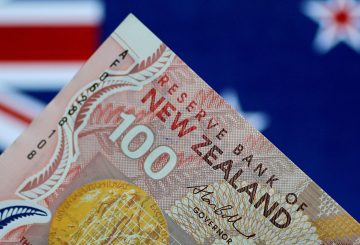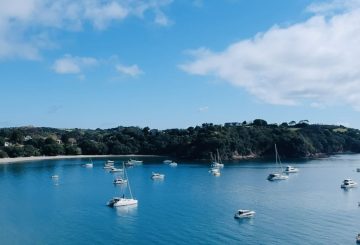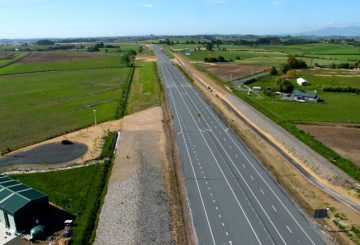Một sự khác biệt đáng ngạc nhiên giữa số người nhận trợ cấp tìm việc và tỷ lệ thất nghiệp là do thực tế rằng không phải tất cả những người thất nghiệp đều nhận được trợ cấp, một nhà kinh tế học cho biết.
Đảng Quốc gia gần đây đặt câu hỏi tại sao lại có sự gia tăng số lượng người nhận trợ cấp khi số lượng thất nghiệp thấp như vậy. Tuy nhiên, nhà kinh tế ANZ Finn Robinson nói với Morning Report rằng điều đó không đáng ngạc nhiên.
“Chỉ có 32% số người thất nghiệp theo Thống kê New Zealand năm ngoái thực sự nhận trợ cấp thất nghiệp”, ông nói.
“Vì vậy, thực sự có một vài khác biệt giữa hai khái niệm đó, nghĩa là sự khác biệt đó theo thời gian khá phổ biến.”
Robinson nói rằng trong một số trường hợp, những người không làm việc là một phần của một hộ gia đình nhận được quá nhiều thu nhập để cho phép họ nhận được một khoản trợ cấp.
Số liệu thất nghiệp hiện tại ở mức 3.3% — chỉ cao hơn một chút so với 3.2% của quý trước.
Số người được hưởng trợ cấp tìm việc đến cuối tháng 6 là 100.086 người, cao hơn khoảng 60% so với 63.030 người khi đảng Lao động nhậm chức năm 2017, nhưng giảm so với năm 2020 khi con số đạt đỉnh điểm là 123.966 người.
Về mức thất nghiệp thấp, Robinson cho biết “Đó là một trong những bất ngờ lớn nhất — và công bằng mà nói thì là một bất ngờ tốt. Chúng tôi đã thấy thị trường lao động có khả năng kiên cường như thế nào và tôi nghĩ rằng rất nhiều tín dụng ở đó đã đi vào công việc — hoặc chính sách — phản ứng trong năm 2020 trong việc giữ cho mọi người gắn bó với công việc của họ.”






























































